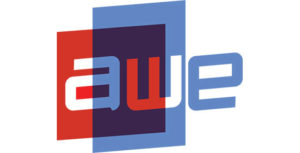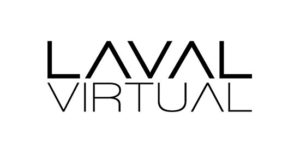The AR Market in 2017, Part 1: Connect the Dots
In your profession, you’re one of those who are most aware of future technologies. The proof of this fact is that you have discovered Augmented Reality and decided that it’s sufficiently important to dedicate at least a few minutes or hours to getting oriented and staying informed about the trends.
That’s the first step. But you know enough not to believe everything you read or see in a YouTube video.
The next step, if you haven’t done so already, is to train yourself to separate the biggest hype from the facts. This is not easy, but you should be able to hit this milestone by attending industry events where AR is being demonstrated and you can put your hands on the products in action, even under highly controlled conditions. Visiting one or more of the AREA members in their offices or inviting them to visit your facility will be even more valuable.
You’ll see some mock ups and, if you ask tough questions, you will also see some of the weaknesses and begin to glimpse the complexity of the problems facing adoption of these technologies. Keep a log of these experiences you have with Augmented Reality and the impressions they leave on you.
If you really want to understand the strengths and weaknesses “up close” and have budget, you can develop a project or participate in a group project that focuses on a well-defined use case.
Share what you learn
Once you’ve seen and captured notes about more than 10 live demonstrations in your journal and have personally touched AR, you can begin to “translate” for others what you’re seeing and doing.
But, wait! The insights you’ve acquired could offer a strategic advantage to your company so, why would you share them? Even if you are thinking that you should keep what you’ve gathered to yourself, I encourage you to share because AR is more than just another new technology offering you or your group a competitive advantage. This is going to be a major crowd-sourced, multi-year project. When more people are looking into AR technology, it will improve faster than when only a few are focusing on and investing in it in isolation.
Once AR is good enough to be used weekly (or daily) in more than one use case, it is going to push operational performance to new levels. Then you will be able to use it to full advantage.
AR may become as transformational to your company and industry as the Web and mobile devices during your professional career. But it requires more than one or two examples and adopters in an industry. Reaching a threshold level of adoption in your industry will be necessary. And, to begin meaningful adoption there need to be a few experts. We need people like you to translate the theory and potential of AR in your industry to practice and reality.
I’ve found that I can translate for others what I’m observing by breaking it down into four interrelated topics: hardware, software, content and services. For over a decade I’ve used these four legs of the AR platform to organize projects, to review the history of AR and to capture current status.
In a series of AREA blog posts I am sharing developments I believe will be important in AR in 2017 using this simple framework.
Connecting the dots around us
One observer can’t see all the details of the entire AR landscape, certainly not in all industries where the technology will apply. Fortunately, the AREA is a network of very bright minds that are also looking forward as well as in other directions, at the same time.
Many AREA members are in the trenches of Augmented Reality take on a forward looking challenge when, at the end of each year, they begin preparing their forecast for the following year.
I hope that these posts will permit you to find your place, connect yourself and in your comments to these posts, you will compare and contrast what you’ve observed with my experience.
If we each take a few minutes, hours or a day in this last quarter of 2016 to connect our dots together we will all be better equipped to concretely plan for an exciting year ahead!














